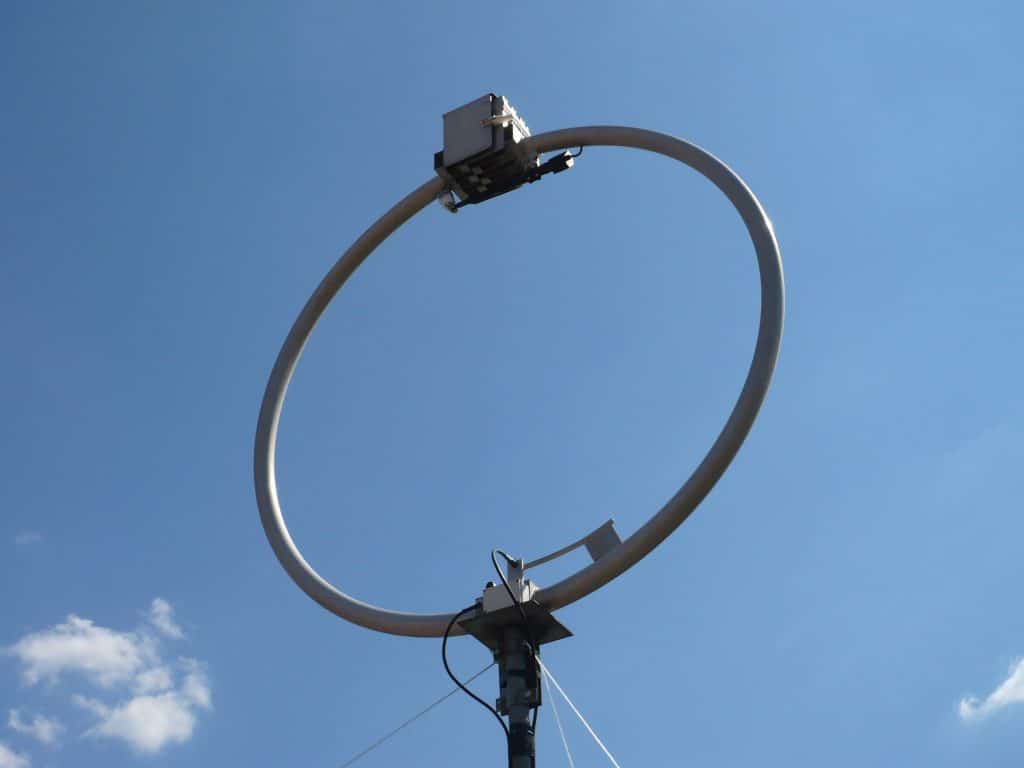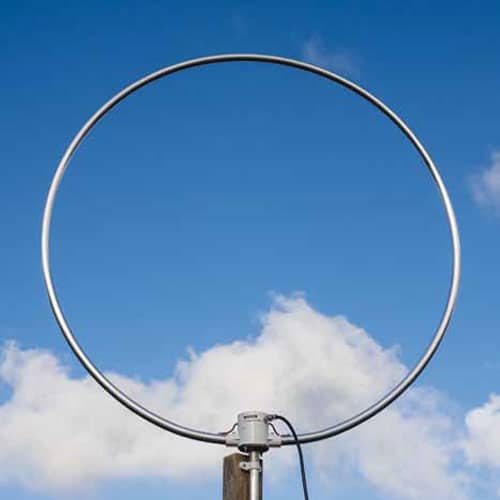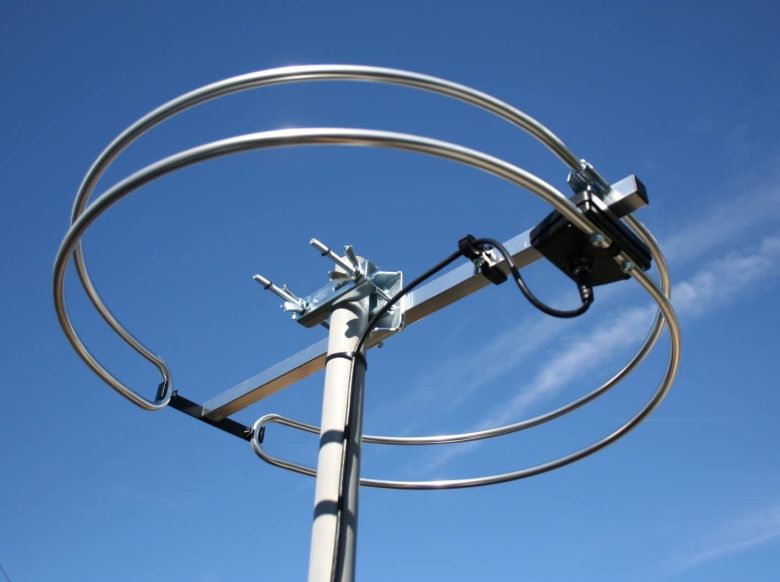A simple wire antenna is the most straightforward antenna to mount for your home setup. Wire antennas are compact, easy to transport, and even easier to install.
That said, magnetic loop antennas, or loop antennas, may take a little more work, but they’re perfect if you live in an environment with a lot of radio interference. These antennas can cut through obstacles that produce radio frequency interference (RFI) due to their superior construction and wiring. Check out this inexpensive option: Tesslor FM Loop Antenna
But loop antennas aren’t for everyone. Radio enthusiasts should know about the advantages and disadvantages of loop antennas. Here are the best and worst qualities:

Advantages
Loop antennas aren’t a monolith. There are three main types of these devices: large loops, halo antennas, and small loops. Each has its unique advantages and disadvantages, and you can explore each kind at the Moonraker radio shop.
For clarity, we’ll focus on loop antennas as a whole. According to Pew Research, terrestrial radio audience numbers are still relatively high, so if you’re looking to broadcast, you’ve got listeners waiting for you.
- Bang for buck: You can acquire all you need to build a solid loop antenna for just $20, including a 10 ft. length of flexible copper coil, a wire cutter, a length of coaxial cable, and fitted F-connectors.
- Fun to build: Once you get all the right materials, assembling is fun. Contrary to popular belief, you don’t need to form a perfect circle. You’re okay as long as you connect the wire at both ends and mount it on a non-conductive mast.
- Variety of configurations and orientations: One of the great things about this device is that you can choose from several different shapes and orientations, depending on your needs. You can also use several different kinds of material for your main tubing, including aluminum and steel, though this isn’t an optimal choice.
Disadvantages
The advantages far outweigh the disadvantages of this particular type of device. But there are drawbacks you should know.
- Hard to match to coaxial feed: The coaxial feed for this particular type should be around 75-76 ohm. That can be difficult to match because the loop impedance for this kind of antenna is usually higher than one dipole (70 ohms). But you can always take it in to be serviced by an expert, and they can give you actionable feedback on how to make it work properly.

- Reduced portability: If you’ve ever seen a fully built-out magnetic loop antenna in action, you know it’s not something you can fold into four pieces and put in your backpack. These antennae are designed to be mounted and stay there. Everyone in the radio space should know the dangers of assembling antennae.
Connect Everywhere
Whether you’re using a wire antenna, magnetic loop antenna, or any other kind of transmitter, you want clarity, consistency, and power.
Understand your personal needs and the gaps you’re looking to fill in your home setup to determine if a magnetic loop antenna is right for you.













Leave a Reply